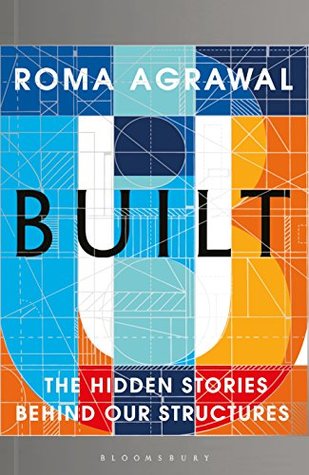More on this book
Community
Kindle Notes & Highlights
A major part of the engineer’s job is figuring out how structures can withstand the manifold forces determined to push, pull, shake, twist, squash, bend, rend, split, snap or tear them apart.
When planning a structure, then, it is vital for an engineer to understand where the force is flowing, what kind of force it is, and then make sure that the structure transmitting the force is strong enough for the job.
first is known as the load-bearing system and the second as the frame system.
Towers are generally designed to bend through a maximum distance of their height divided by 500 – so a 500m-tall tower won’t move more than 1m; but if this sway happens too quickly it could make you feel seasick.
external braced frame or diagrid – is like the shell of a turtle. Instead of an internal structure that resists the forces trying to push it over, it’s the shell or frame around the building that does the protecting. As it is buffeted by wind, the network of steel that forms the diagrid transmits the wind force to the foundations to keep the building stable.
In that case, the sway of the tower is artificially controlled using a form of pendulum called a tuned mass damper, which moves in the opposite direction to the tower.
At 660 tonnes, this steel pendulum is the heaviest in any skyscraper in the world. It is a huge tourist attraction (its sheer scale, geometrical elegance and bright yellow colour make it look like something from a sci-fi film), but its real purpose is to protect the tower from the typhoons and earthquakes that can hit the city.
Ancient Indian mythology says that the Earth shakes when the four elephants that carry it on their backs move or stretch. According to Norse myths, the Earth trembles when Loki (the God of Mischief, imprisoned in a cave for his misdeeds) wrestles with his restraints. The Japanese blame the giant catfish, Namazu, which lives underneath the Earth in mud, guarded by a god who holds it down with a huge stone. Sometimes, however, the god becomes distracted and allows Namazu to thrash about. Nowadays we have a less colourful but more accurate explanation for the periodic vibration of the Earth.
...more
Torre Mayor skyscraper in Mexico City employs a very clever system to do this. In this 55-storey structure, 96 hydraulic dampers or shock absorbers – like pistons in a car – are arranged in X shapes all around the building and across its full height (creating a diagrid) to act as extra bracing against earthquakes.
Every brick they used, no matter what its size, was in the perfect ratio of 4 : 2 : 1 (length : width : height) – a ratio that engineers still (more or less) use, because it allows the brick to dry uniformly,
Roman bricks were, in general, larger and flatter than those we use today. They looked more like tiles: the Romans favoured that shape because they realised that, with the tools and methods they used, flatter bricks would dry out more evenly – an essential feature of the ideal brick recipe.


